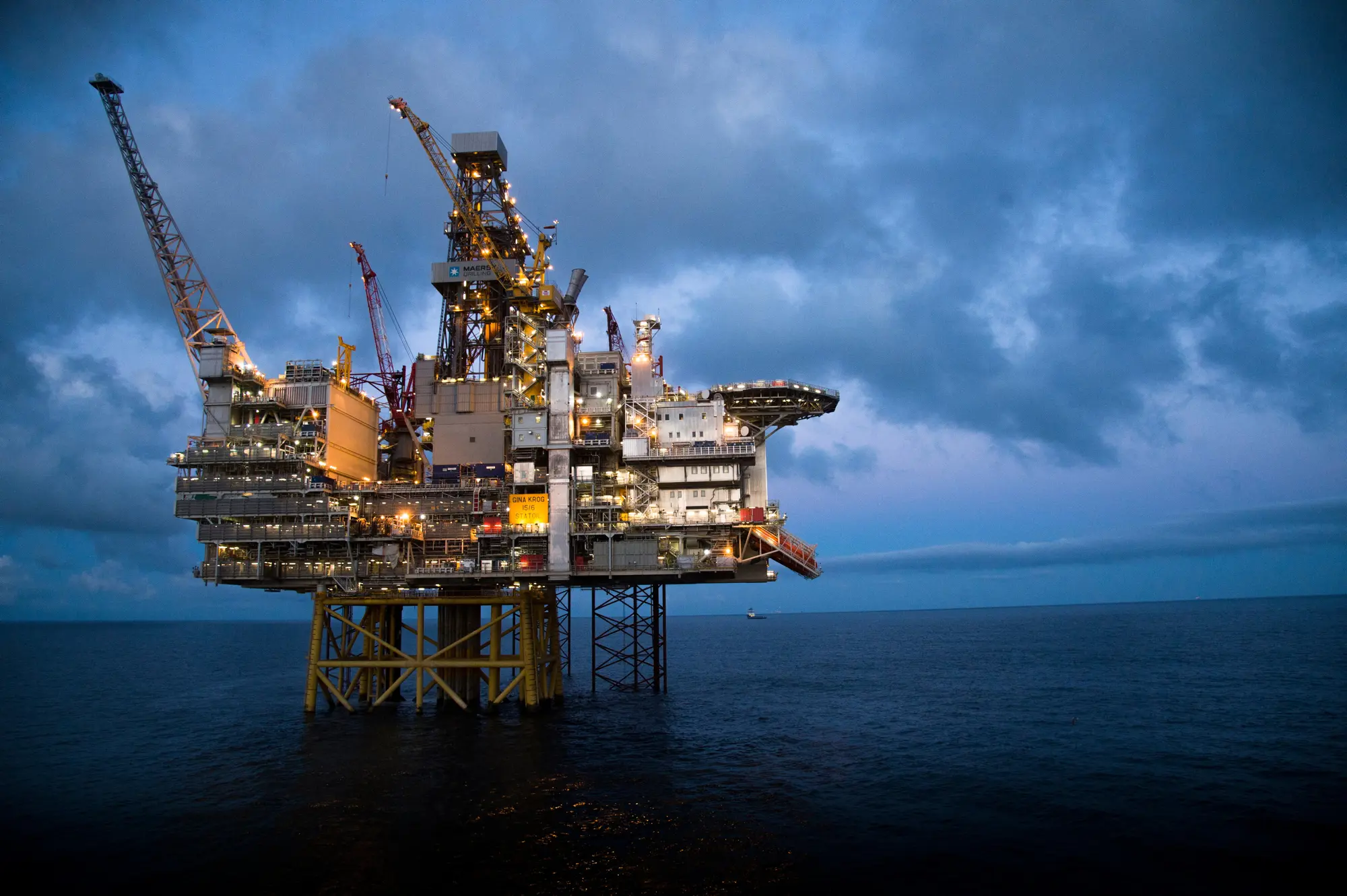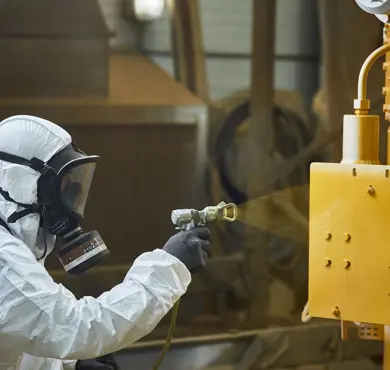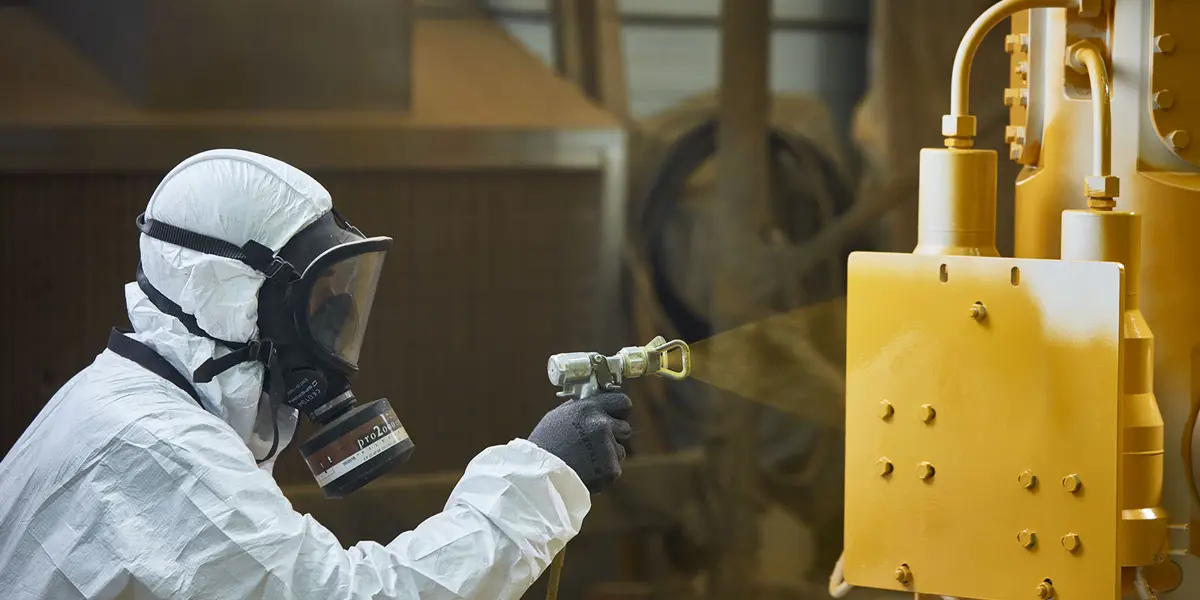History
For more than 47 years, the Beerenberg group has delivered innovative service solutions for a wide range of industrial enterprises. Our business covers the entire life cycle from field studies and new construction to maintenance, modifications and life extension - always with a focus on improving HSE, productivity and predictability.
The company was established in 1977 by founders Arne Dalseide and Svein Fløysand. This in a time when the traditional shipyards lay like pearls on a string along the west coast of Norway. Beerenberg's industrial adventure started with contract quantities mainly in surface treatment at several of these shipyards.
As many of the traditional shipyards developed the world's leading development expertise for the oil industry, be it in the design and construction of oil platforms or offshore vessels, Beerenberg also grew throughout the eighties into the land-based part of the oil industry.

Gina Krog plattform
In the decade between the big drop in oil prices in 1999 and the financial crisis, Beerenberg's activities turned seriously towards the emerging maintenance and modification market within Norwegian oil and gas. Beerenberg has largely differentiated its assignments in recent years. Maintenance and modification activities still account for the majority of activities, while at the same time we are constantly taking on more assignments within new construction, bridges, industry and tunnels.
The company mainly supplies services and products in three areas:
Insulation
Scaffolding
Surface
In addition, the company supplies a number of special services within rope access techniques (RAT), cold cutting, habitat, architect and industrial cleaning.
The company spends a lot of resources on research and development, so that we can constantly deliver innovation in the form of products and solutions that help the industry a few steps further.


